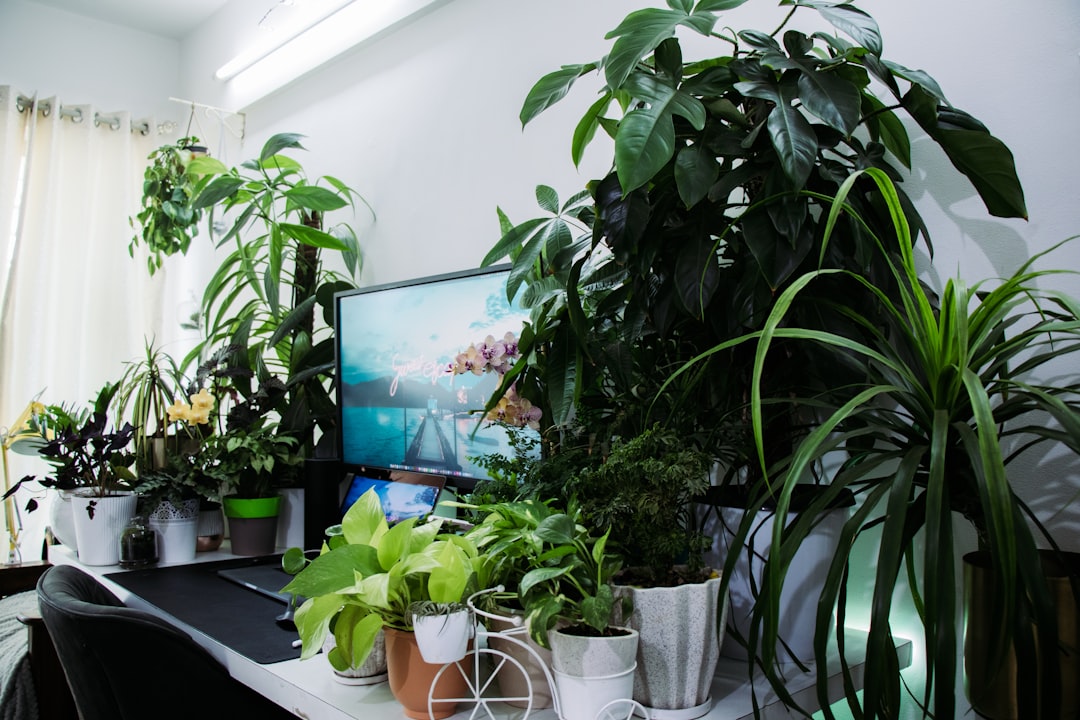Imagine a world where your computer not only crunches numbers or runs programs efficiently, but also plays a surprising role in sustaining your *plant-based co-workers*. It might sound far-fetched—or like something out of a sci-fi tech garden—but the latest innovations in *pipe operating systems* (Pipe OS) are challenging conventional ideas of what efficiency truly means. So efficient, in fact, that it might literally take the excess heat it generates and turn it into hydration for your desk plants.
In a bold leap forward in system architecture, a new breed of Pipe Operating Systems is aiming to blur the lines between computational efficiency and environmental harmony. These Operating Systems—engineered to optimize both *data flow* and *thermal output*—are making headlines for achieving levels of efficiency we once thought unattainable.
The Concept Behind Pipe OS
The name “Pipe Operating System” might sound unconventional, but it’s deeply rooted in Unix-like philosophy. In traditional computer systems, a “pipe” is a method used to direct streams of data from one process to another. With modern Pipe OS platforms, this idea is ramped up exponentially, transforming how data flows within the system itself—while also optimizing external interactions with the physical world around the hardware.
Rather than functioning as a standalone scheduling or resource allocation system, the Pipe OS orchestrates an ongoing symphony of micro-optimizations: heat redistribution, load balancing, and even interfacing with peripherals that extend beyond screens and hard drives and into sensors, pumps, and moisture control systems.

Why Is This Relevant Now?
As technology ventures increasingly into the *Internet of Things (IoT)*, traditional distinctions between hardware and software grow fuzzier. Desks are becoming command centers, our watches respond to voice commands, and coffee makers can reorder themselves online. The Pipe OS ethos is built on embracing this convergence—turning smart devices into contributors of a broader efficiency network instead of isolated nodes.
Moreover, this innovation arrives in the midst of pressing global concerns over data center energy consumption. According to recent studies, data centers globally consume over 1% of all electricity used worldwide. It’s no longer enough just to optimize for speed or power; it’s about the entire environmental footprint.
Turning Heat Into Hydration: How Does That Work?
Here’s where things get both science-y and delightful: The new Pipe OS systems can reroute excess computational heat to dedicated thermal exchangers, designed to wick that energy into nearby devices. One of the most novel applications? Miniature hydrating systems for office plants.
The technology works like this:
- Thermal Monitoring: As the central processing unit (CPU) initiates processes, the OS monitors thermal readouts in real-time.
- Heat Capture Mechanism: Rather than dissipate waste heat through conventional fans alone, the system channels heat via micro-capillary piping running through the machine casing.
- Hydro-Utilization Module: Attached to the tail end of these micro-pipes, this module uses the heat to trigger a condensation cycle, capturing humidity from the surrounding air and funneling it into a mini-irrigation reservoir.
- Hydration Schedule: A timer or soil moisture sensor (also OS-controlled) then releases this water drip-by-drip into the plant’s pot.
This isn’t just clever—it’s *functional synergy*. Instead of waste energy, the system provides life-sustaining hydration to your workspace greenery.

The Magic of Modular Design
One of the standout features that allows Pipe OS to function this way is its *modular design principles*. Many traditional operating systems enforce a rigid control structure over what can and cannot interact directly with system resources. Pipe OS, however, leverages containerized microservices to allow systems—like the hydration module—to operate semi-independently while remaining coordinated with the central OS framework.
Here are some of the key benefits provided by this approach:
- Scalability: Pipes can be added or removed without compromising system performance.
- Resilience: If one component fails, the others can adapt in real-time.
- Environmental Integration: Sensors and ambient systems (temperature, moisture, air quality) gain equal status as CPUs and GPUs in resource planning.
- Update Flexibility: Real-time patches can be applied without system reboots or departmental disruption.
Applications Beyond the Desktop
The marvel doesn’t stop at potting violets on office desks. Pipe OS-driven machines are already being tested in *agritospheric technology labs*, where entire rows of crops are influenced algorithmically by computational feedback loops. These experiments explore how excess heat from farm-based computing elements might power minor hydroponic trends, maintaining optimal crop health through algorithmic efficiency curves.
Some real-world applications branching from this innovation include:
- Smart Office Environments: Where indoor air regulation, lighting, and plant maintenance are fully automated and data-driven.
- Energy Recapturing Data Centers: Facilities gauging their environmental impact and converting thermal energy into usable mechanical or biological function.
- Micro-Ecological Appliances: Desktop devices that not only handle computation but actively monitor and improve air and surface moisture.
Challenges and Considerations
Of course, no frontier of technology emerges without its challenges. Pipe OS implementations aren’t plug-and-play yet—they require thoughtful custom integration and hardware design. Questions remain around long-term durability, moisture control compatibility with electronics, and the broader learning curve for IT specialists unfamiliar with merge-practice engineering between data systems and bio-support mechanisms.
Security is another important area. Because these systems often include remotely accessible sensors and IoT integration, they can present new vectors for cyber intrusion if not properly safeguarded.
The Future Is a Holistic Operating System
Whether you’re a software engineer, plant enthusiast, or sustainability pioneer, the implications of Pipe OS stretch far beyond novelty. These systems are:
- Paving the way for *multi-functional computing systems*
- Encouraging *cross-disciplinary* collaboration between botany and computer science
- Setting *new efficiency standards* for environmentally aware design
As the digital and physical worlds grow ever more integrated, operating systems must evolve. Pipe OS is leading the charge toward ecosystems of productivity where every cycle, every watt, and even every drop of water is accounted for.

Conclusion
Efficiency shouldn’t be limited to faster computations and smooth multitasking. The future belongs to systems designed to accomplish more with less, and even give back in unexpected ways. Today it’s your office fern. Tomorrow, it might be an entire rooftop garden thriving off the residual warmth of computing power.
Pipe Operating Systems remind us that innovation is about more than solving problems—it’s about reimagining possibilities. And if that means your laptop quietly keeps your spider plant alive while you debug code, well… that’s just brilliant design thinking.